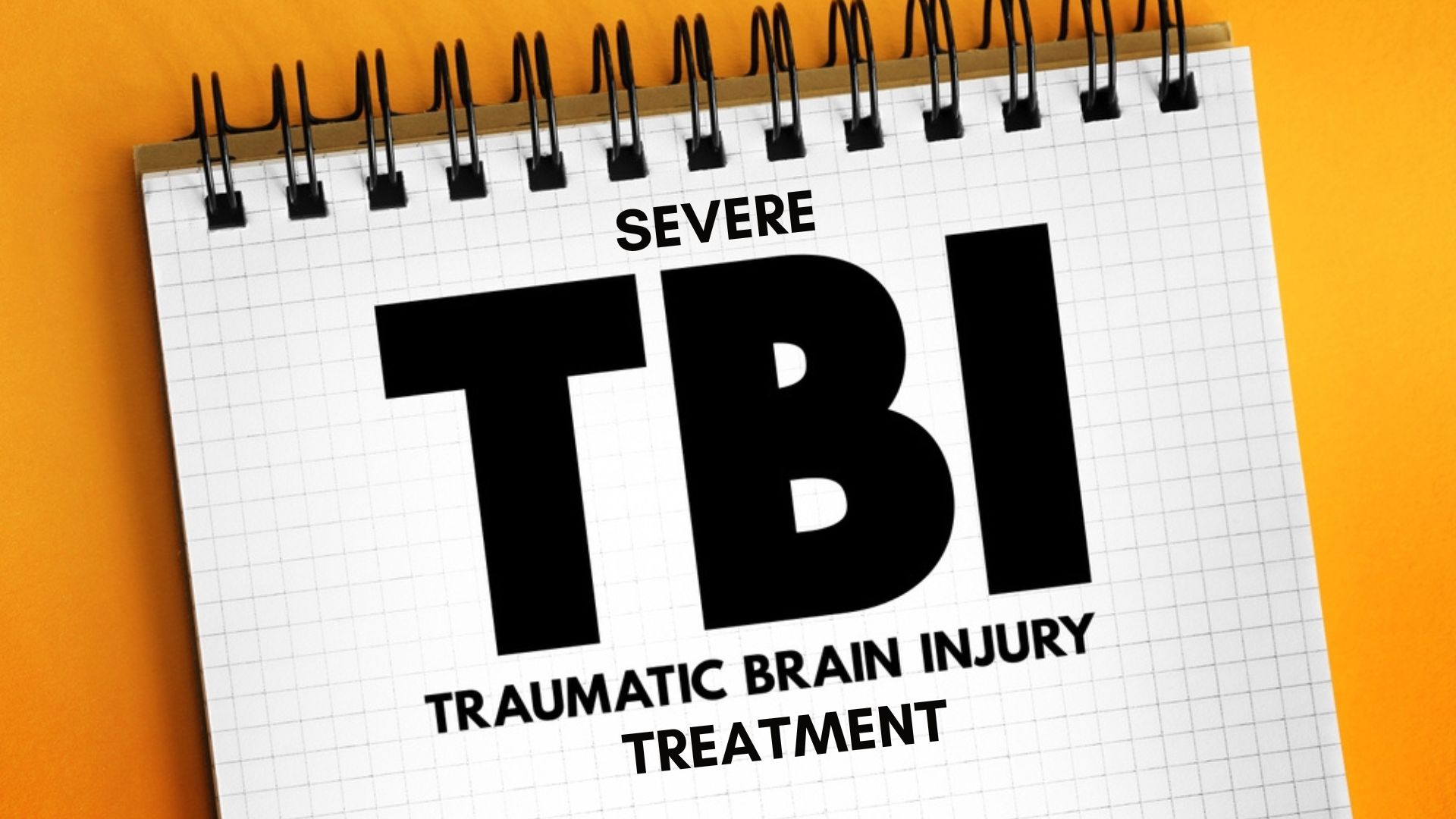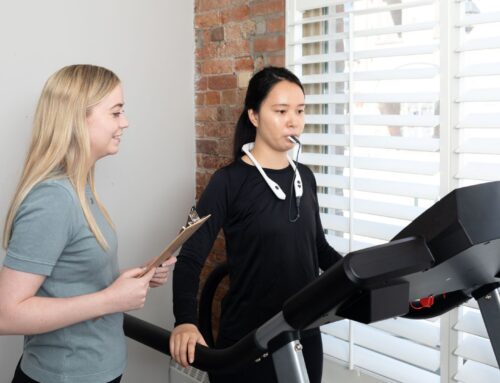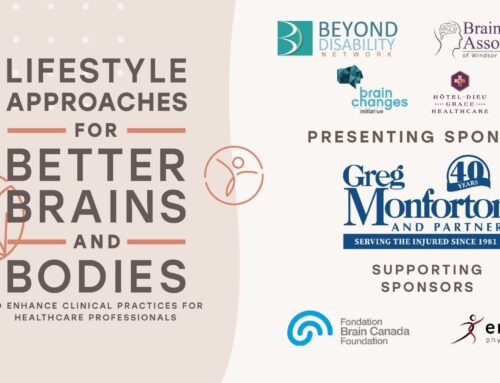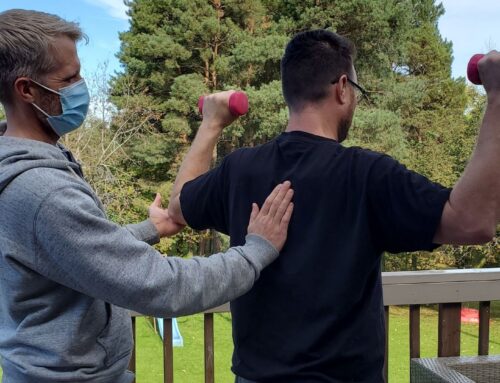Severe traumatic brain injury is a complex neurological condition that requires a multidisciplinary approach to address the needs of the client. Often after a severe brain injury, the individual will have physical, sensorial, cognitive, perceptual and behavioural challenges to overcome.
At Propel Physiotherapy, we have the ability to offer an interdisciplinary collaborative practice where physiotherapists, occupational therapists and massage therapists can work together to provide the comprehensive care to suit our clients’ specific needs. In addition, we connect with other healthcare professionals in the community to complement the services we offer such as speech therapists and psychologists.
In this blog, we will discuss a case study that exemplifies the importance of interdisciplinary collaboration to address the needs of individuals with complex neurological conditions, such as traumatic brain injury (TBI).
Table of Contents:
- What is traumatic brain injury?
- Brain injury statistics
- Severe traumatic brain injury case study
- Tracking severe TBI treatment progress
- Severe TBI treatment planning and interventions
- Impact on the severe TBI client
- Conclusion on treating severe TBI
What is a Traumatic Brain Injury?
Traumatic brain injuries can happen in situations such as car accidents, sports, falls and violence. Survivors of traumatic brain injury (TBI) have various problems in daily life that affect almost every sphere of life; and are at higher risk for conditions like diabetes and heart disease.
TBI results in impairments of neurological, cognitive and physical functions leading to activity restrictions and lack of participation in all aspects of society.
Before we discuss treating severe TBI, we will look at some statistics regarding brain injury.
Brain Injury Statistics
Before we dive into the case study, let’s take a moment to understand the prevalence and impact of traumatic brain injuries:
- Over 1.5 million Canadians are living with acquired brain injury (ABI), with 500,000 in Ontario alone.
- Each year, approximately 45,000 Canadians sustain a brain injury, with motor vehicle accidents being one of the leading causes.
- Men aged 16-24 are at the highest risk of sustaining a traumatic brain injury, and men experience TBI twice as often as women.
These statistics underscore the importance of effective rehabilitation strategies for individuals with TBI.
Severe Traumatic Brain Injury Case Study
In 2014, John the client we will refer to as John to protect his real identity, was involved in a motor vehicle collision, which resulted in him sustaining a severe traumatic brain injury. For seven years following the accident, John received minimal therapeutic services due to being in a vegetative coma state.
John’s auto insurer began approving therapeutic services following a brain wave study that indicated that John had meaningful brain activity.
During the client’s first outpatient physiotherapy assessment in 2021, John exhibited limited responsiveness, lacked active movement in any limb, and communicated inconsistently through eye blinks and finger squeezes.
Tracking Severe TBI Treatment Progress
Given the complexity of John’s condition, continual monitoring of his progress was essential. We employed various outcome measures, including the Rancho Los Amigos Levels of Cognitive Functioning Scale (RLAS) and the Comprehensive Assessment Measure for Minimally Responsive Individuals (CAMMRI), to track changes in his function over time.
These measures provided valuable insights into John’s evolving abilities and guided our treatment interventions.
Severe TBI Treatment Planning and Interventions
Our interdisciplinary team devised specific goals for John’s rehabilitation, focusing on increasing wakefulness, improving head control, establishing a communication method, managing increase in muscle tone, and promoting functional independence.
We implemented a range of treatment interventions, including:
- Manual therapy, relaxation, stretching and splinting to facilitate proper position and improve motor function.
- Connected with NC’s doctors following BOTOX injections plan to optimize motor recovery.
- Utilizing tilt tables and standing frames to facilitate upright positioning and weight-bearing.
- Providing sensory and cognitive stimulation to promote engagement with the environment.
- Incorporated visual therapy recommendations applying therapeutic goggles and other tools to enhance visual stimulation program.
- Collaborating with speech-language pathologists to establish a communication method tailored to John’s abilities.
- Involving pertinent team members in helping deliver the necessary and sufficient rehabilitation intensity outside of therapeutic sessions, including personal and rehabilitation support services.
Impact on the Severe TBI Client
Through the dedication of our interdisciplinary team and the support of John’s family, significant improvements were observed in his functional abilities. These included increased ability to stay awake and engage with people around him, improved head control and ability to use head nod/shakes to communicate “yes” and “no”, spontaneous facial expressions (smile), and enhanced activity tolerance in sitting and standing.
This allows John to express and demonstrate his personality within his current abilities. John’s progress serves as a testament to the effectiveness of a collaborative integrated approach to rehabilitation in optimizing recovery potential for individuals with severe traumatic brain injury.
Conclusion on Treating Severe TBI
The case of John highlights the importance of interdisciplinary collaboration in providing comprehensive care to individuals with severe traumatic brain injury. At Propel Physiotherapy, we remain committed to utilizing evidence-informed practices and innovative approaches to support our clients on their journey to recovery.
If you have any questions about treating severe TBI or would like to learn more about our approach to neurological rehabilitation, please don’t hesitate to contact us.
Written by


















